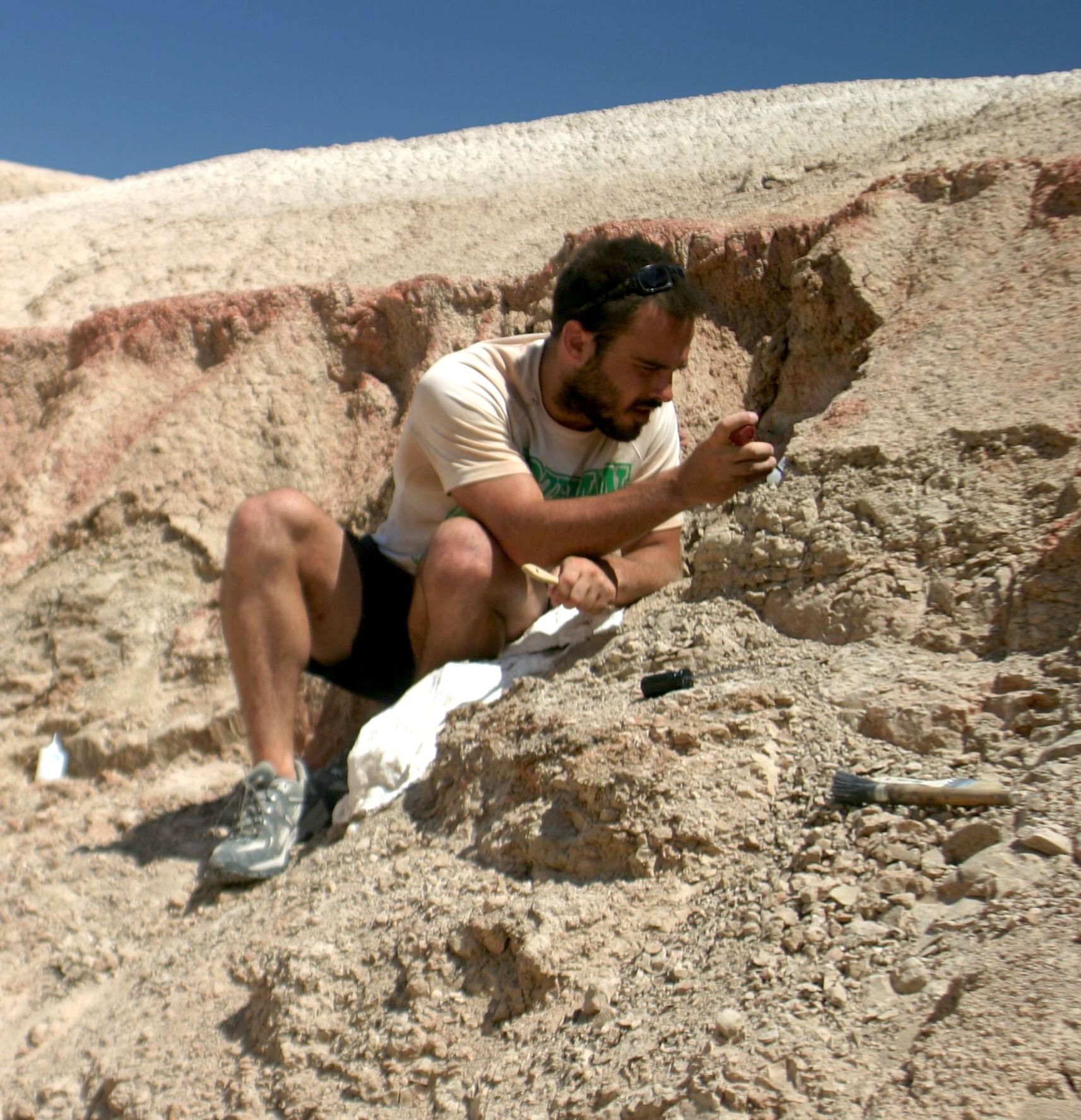 Josef Stiegler
Josef Stiegler
Research Instructor
Education
PhD, The George Washington University, 2019
MS, Montana State University, 2012
BS, Rice University, 2006
Email
josef.stiegler@stonybrook.edu
Dr. Stiegler is a vertebrate paleontologist whose research focuses on the anatomy, systematics, and paleobiology of theropod dinosaurs and other archosaurs. Archosauria is a group of reptiles that dominated terrestrial ecosystems during the Mesozoic Era and included non-avian and avian dinosaurs, pterosaurs, and the relatives of modern crocodiles, among other forms. Mesozoic archosaurs displayed stunning taxonomic diversity as well as morphological, functional, and ecological disparity; but, within that variation there were repeated instances of convergent evolution—similar anatomical characters, organs, or organ systems that evolved independently in distantly related lineages. Dr. Stiegler is interested in the macroevolutionary and developmental mechanisms behind these convergences.
Dr. Stiegler collaborated with an international team of researchers to show that the theropod dinosaur Limusaurus inextricabilis had teeth as juveniles, but lost them during development and had a toothless beak as an adult. This type of tooth loss had not been previously documented in the fossil record, but similar transformations are known in several lineages of extant animals such as fish, salamanders, baleen whales, and the platypus. Interestingly, Mesozoic archosaurs and their stem relatives within Archosauromorpha independently evolved beaks dozens of times, and many of the beaked forms possessed toothed and beaked regions of their jaws simultaneously. Dr. Stiegler’s research hypothesized that the phenomenon of tooth loss during development observed in Limusaurus may be a common stage in the evolution of toothlessness in beaked archosaurs and other toothless animals, but is difficult to document in the fossil record because of preservational biases against young juveniles and embryos.
Another fascinating convergence is the presence of pneumatic (air-filled) excavations in the skeletons of archosaurs that result from invasions of bone by respiratory epithelia. While all major lineages of archosaurs possessed sinuses adjacent to the internal nostril, theropod dinosaurs, sauropod dinosaurs, and pterosaurs each evolved air-filled pockets in their postcranial skeletons, and Crocodyliformes evolved extremely pneumatic braincases. In each of these cases, relatives of these lineages with comparatively non-pneumatic skeletons went extinct at the end of the Triassic Period and/or during the Early Jurassic Period, and there is an apparent increase in the rate of skeletal transformations towards increasing pneumaticity in the surviving lineages during the latest Triassic and Early Jurassic. Dr. Stiegler is building Bayesian time-calibrated phylogenies of Archosauriformes in order to test hypotheses regarding these pneumatic convergences and their relationship to Triassic-Early Jurassic extinctions using phylogenetic comparative methods.

